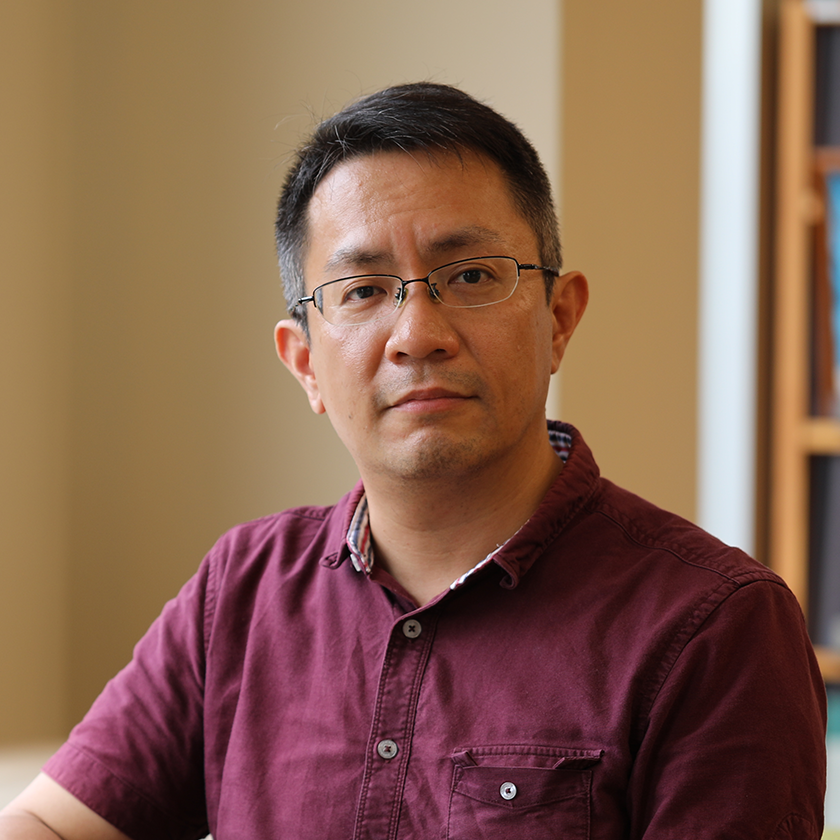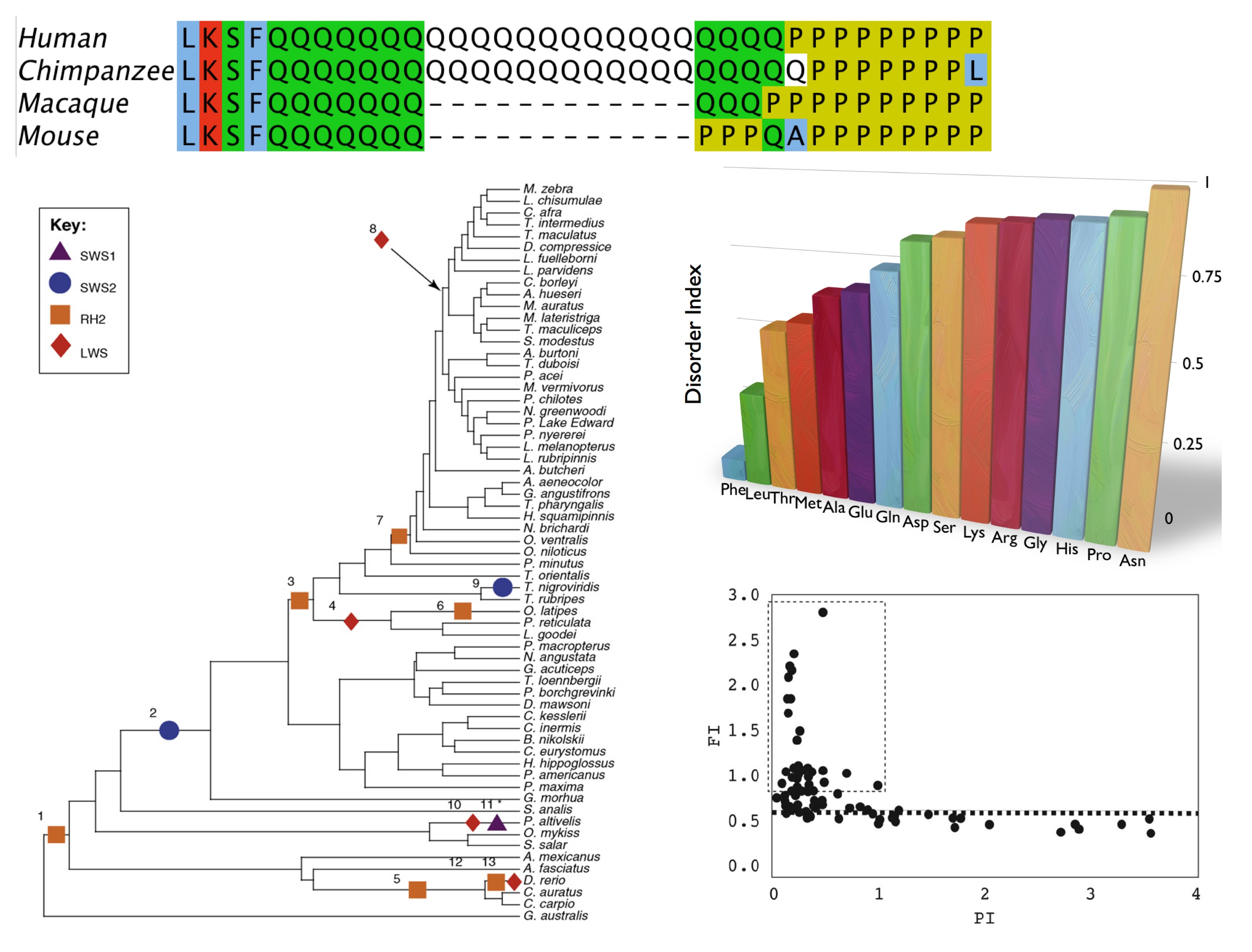Lecturer Jun Gojobori
Physical Anthropology, Molecular Evolution, Population Genetics

Jun Gojobori
Lecturer
| Research Area | Physical Anthropology, Molecular Evolution, Population Genetics |
|---|---|
| Lab Website | |
| Google Scholar | |
| ResearchMap | |
| Interview |

We explore how organisms evolve at the molecular level. The major focus is on the population process, where new mutations arise which are subsequently subject to selection and random genetic drift. We mainly use a theoretical approach to understand the evolutionary mechanisms behind inter- and intra-specific DNA variation under a wide range of evolutionary forces, such as adaptive selection, balancing selection, speciation, gene duplication. The accumulation of these studies promises to provide profound insights into the overarching principles governing molecular evolution.
Selected Publications, Books etc.
- 1.Mizuno F, Gojobori J* et al. (2021) Population dynamics in the Japanese Archipelago since the Pleistocene revealed by the complete mitochondrial genome sequences. Scientific reports 11:12018-12018.
- 2.Gojobori J.* (2020) Rare allele sharing in the East Asian. Archivio per l’Antropologia e la Etnologia 2020:53–754.
- 3.Nishiyama KV, , Satta Y. Gojobori J*. (2020) Do Genes Associated with Dyslexia of Chinese Characters Evolve Neutrally? Genes 11:658.
- 4.Gojobori J* et al. (2015) mtDNA diversity of the Zapotec in Mexico suggests a population decline long before the first contact with Europeans. J Hum Genet 60:557–559.
- 5.Gojobori J*. (2012) A commentary on the history of human populations in the Japanese Archipelago inferred from genome-wide SNP data with a special reference to the Ainu and the Ryukyuan populations. J Hum Genet 57, 753–754.
- 6.Yamamichi M, Gojobori J, Innan H*. (2012) An autosomal analysis gives no genetic evidence for complex speciation of humans and chimpanzees. Mol Biol Evol 29, 145–156.
- 7.Gojobori J and Ueda S*. (2011) Elevated evolutionary rate in genes with homopolymeric amino acid repeats constituting nondisordered structure. Mol Biol Evol 28:543-550.
- 8.Gojobori J and Innan H*. (2009) Potential of fish opsin gene duplications to evolve new adaptive functions. Trends Genet 25:198-202.
- 9.Gojobori J, Tang H, Akey JM, Wu CI*. (2007) Adaptive evolution in humans revealed by the negative correlation between the polymorphism and fixation phases of evolution. PNAS 104(10):3907-3912

